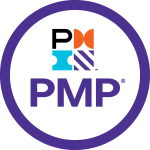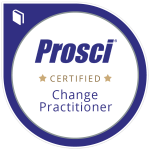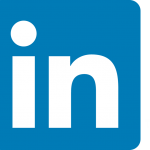Durable Capabilities Required for Social Business Success (5i’s)

We like to bend Professor Porter’s phrasing on “sustainable” a bit to align with Warren Buffet’s metaphoric moats of “durable” competitive advantage. Durable capabilities required for social business success include the 5Is: Innovation (e.g., Hamel’s innovation stack), Information Bias, Informed Decisions (e.g., Bain’s RAPID decision roles), Individual Acumen, and Integration.
Bringing Social Business Inside the Enterprise: What we have learned (so far)
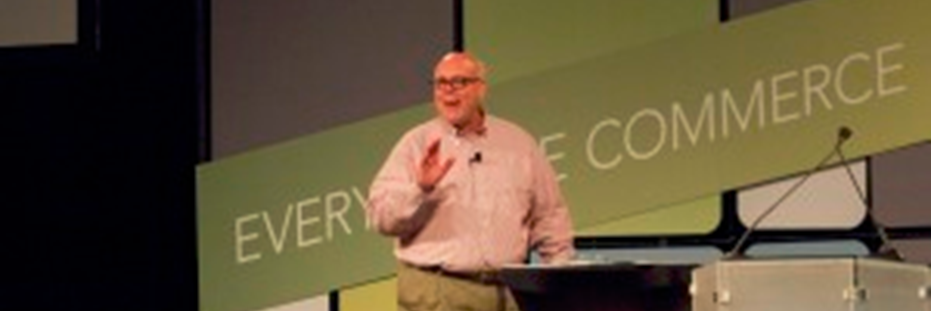
What we have learned so far about bringing social business inside the enterprise: 1) deliver on two fronts (committed results + capabilties); 2) build the new way into the approach; 3) blend traditional, proven tools and methods with emerging collaborative approaches; and 4) adopt a collaborative platform.
Alignment- The concept of one

When taking on complex projects, you can drive alignment by applying the Concept of One to a number of critical elements including by way of example: one mission; one integrated strategy (e.g., business & tech); one decision making structure and process; one economic model; one roadmap; one team; one organizing concept; one set of common methods & tools
Can Social Media Drive Enterprise Change?

We explore social media inside-the-organization’s impact on the enterprise through its ability to drive business outcomes. “Adoption requires business relevance” Our research considers its importance from multiple perspectives and sources.
Rapid Assessment Tool

“This multi-level assessment tool can very rapidly provide a picture for leadership from different perspectives, including any misalignment between positional and/or functional groups. Results can be viewed in the aggregate or from any combination of demographic splits.”
Why hire consultants?

We share a set of practices on “Why hire consultants?” Topics include staff augmentation, perspective, roles, and internal barriers. The article also touches on traditional concerns about consultants, including over-reliance on third-parties to manage mission-critical activities.
Over-Reliance on Outside Resources

Large organizations are more capable at dealing with change than ever before, and they are able to do more of the “work” required of a change program. Yet dependency on outside consultants continues, in part, because of: organizational skill/experience gaps, leadership disengagement, and the expanding role of the consultant
Swift Teams
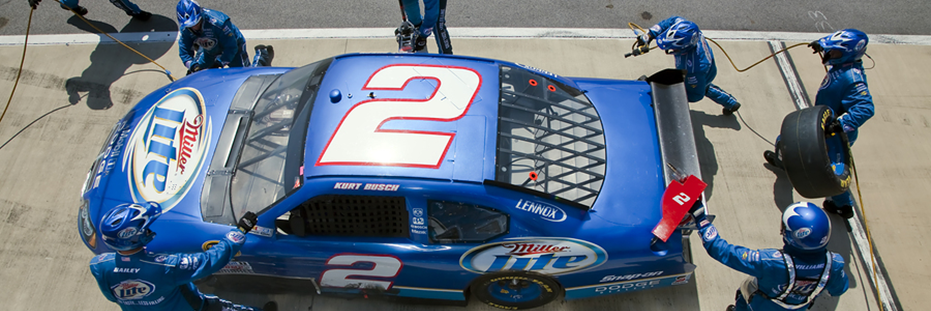
Swift-Teams(sm) exemplify the fusion of proven traditional change- and program-management techniques enabled by agile, collaborative tools and methodologies. Characteristics include: client led; collaborative; solutions driven; visible and transparent; and iterative and adaptive
Change Leadership

Our approach to change is focused on delivering business outcomes and is steeped in practical experience of designing and managing hundreds of initiatives. While implementing change to achieve objectives with speed, predictability and control is complex, the elements summarized in this article are common to most strategic improvement efforts.
Pareto’s Lesson on “How”

“While strategic and tactical projects need to be managed with regard for their size and potential impact, both need to incorporate a common, rigorous process for performance improvement that is endorsed by the entire organization…We recognize that the business benefits when it can effectively address both strategic and tactical opportunities within a common framework for change”

